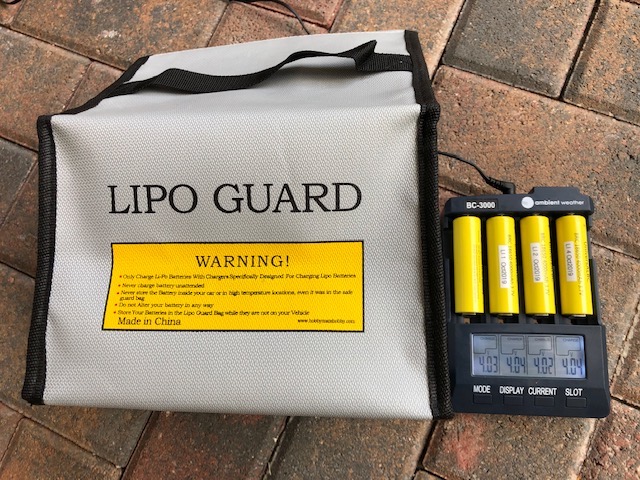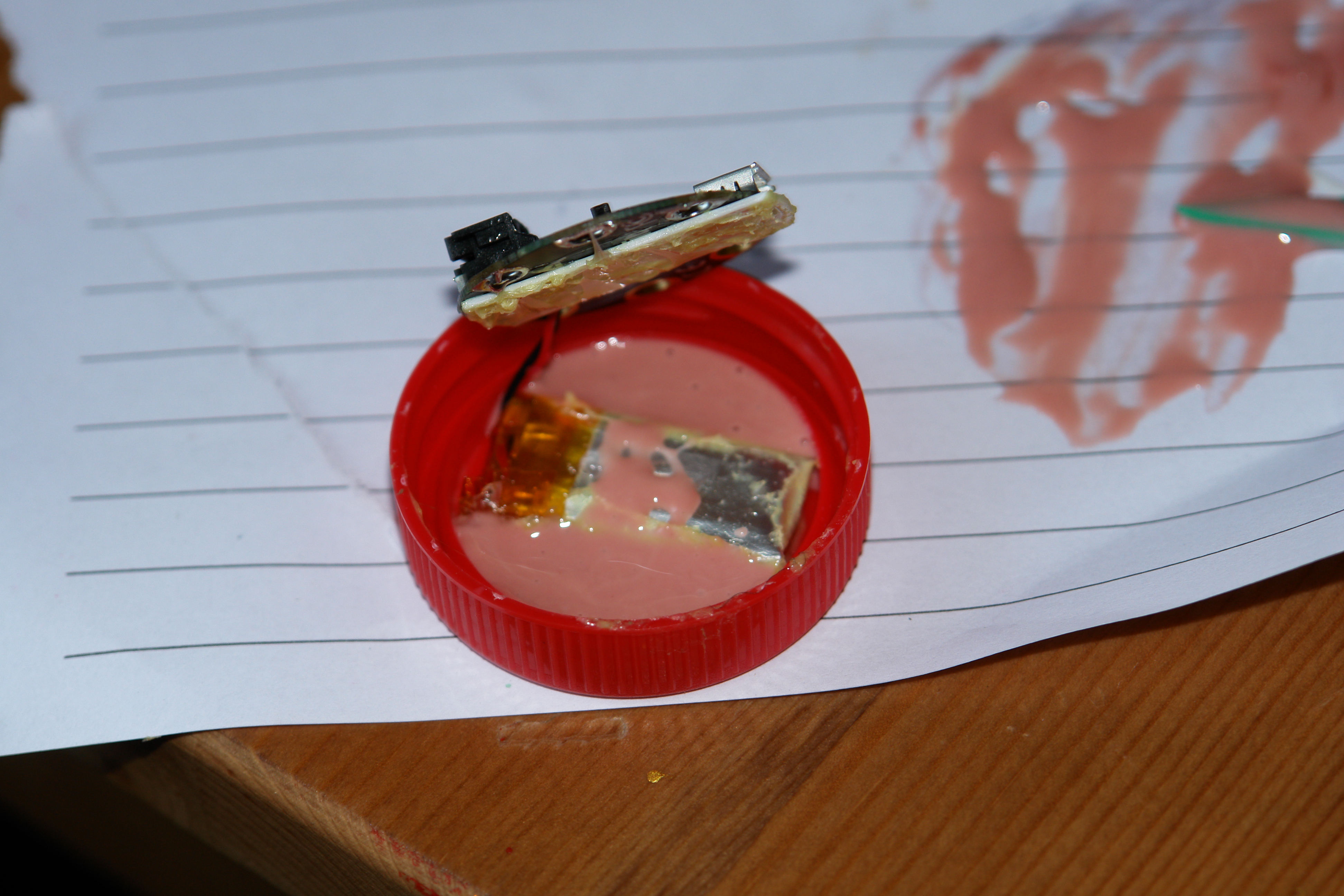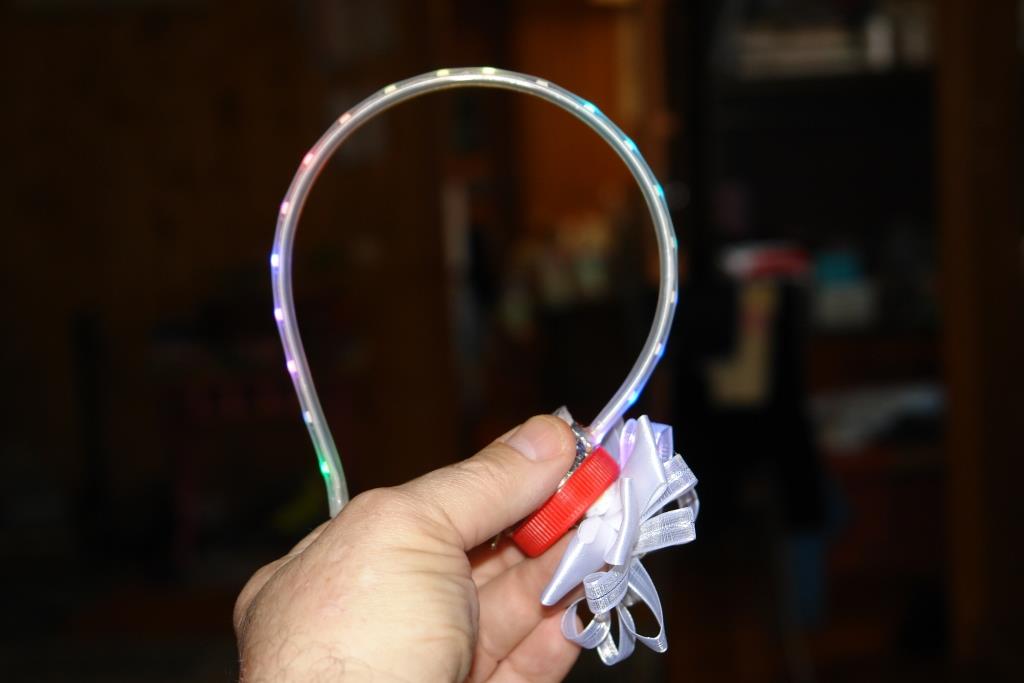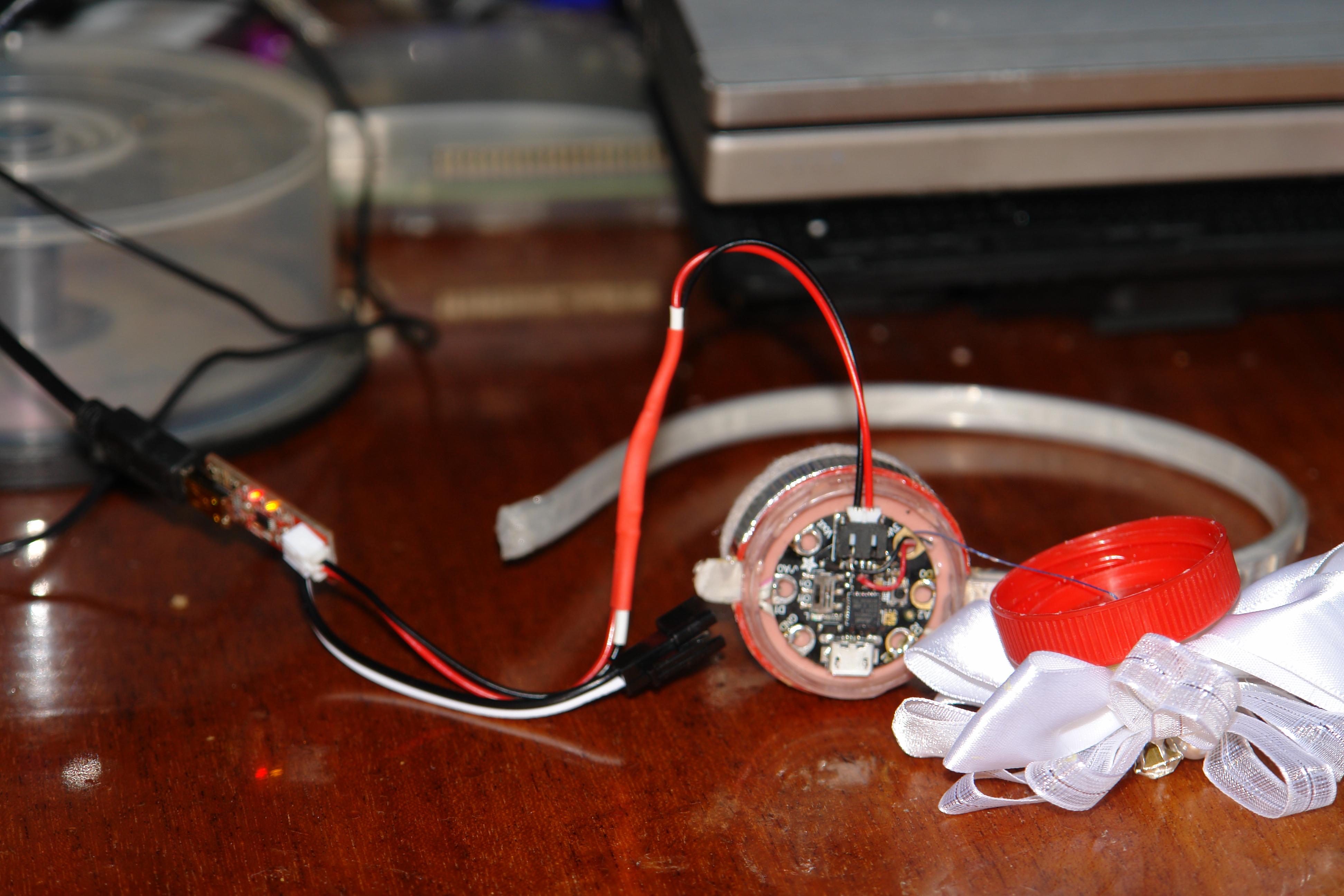Carl just passed 1000 hours into his “second year of life” on NiMH batteries. (His “birthday” is Aug 22, 2018)
pi@Carl:~/Carl $ ./totallife.sh
Total Life: 4326.12 hrs
Life this year: 1001.75 hrs
Sessions (boot) this year: 14
Average Time Between Reboot: 71 hrs
Total Dockings: 500
Dockings this year: 149
Ave Cycle total life: 8.6 hours
Ave Cycle this year: 6.7 hours
Last Docking: 2019-10-04 07:04|[juicer.py.dock]---- Docking 500 completed at 8.1 v after 7.7 h playtime
Last Recharge: 2019-10-03 23:21|[juicer.py.undock]---- Dismount 499 at 11.2 v after 3.5 h recharge
Carl “plays” quite happily for 7.7 hours at a time of his current NiMH batteries (8x Eneloop Pro 2500mAh AA cells) after he docks to recharge for 3.5 hours. At the moment, he is docked, charging for the 15th cycle on this battery set; Each cycle lasts about 11 hours when the charger doesn’t mess up and start trickle charging early.
Panasonic makes two levels of Eneloop NiMH cells. I chose the higher capacity, lower cycles Eneloop Pro cells to test in Carl this time. They are the first batteries to deliver their promised capacity, which is very encouraging. When these cells eventually need replacing, I’m going to try the lower capacity, higher cycles Eneloop 2000 mAH cells.
Many people have responded to my “battery posts” that I should use Li-Ion batteries. With so many reports of Li-Ion battery fires, I was hesitant to even consider investigating the idea. (I should add my wife has said Carl will have to be an “outside pet” if he gets “those fire sticks”.)
Sometimes I get excited about new experiments before doing enough research. This investigation seems to be an example of that.
I purchased four “UniversALBC 18650 3.7v 4000mAh” cells from aliexpress, which arrived 16 days later from China, marked “Fan Accessories”. (US Postal regulations seem to prohibit international shipments of Li-Ion cells not installed in equipment. Just cells is not permitted as I read the regs.)
After three cycles, charging to 4.2v, then discharging at 500mA down to 2.8-3.0v, in a BC-3000 charger, the cells are consistently delivering 1900mAh. A three cell (3S1P) 11.1v nominal battery, operating from 12.6v down to 9v, this would deliver about 21 wH. Most people suggest only discharging to the knee at 3.5-3.6v per cell which would decrease the total power delivered to roughly 16 wH.
For reference, Carl’s current NiMH 9.6v 2500mAH battery is delivering 24 wH, so these early results do not portend Li-Ion cells in Carl’s future.
Researching Li-Ion performance on the Internet confirmed that my results are exactly matching the average Chinese Li-Ion cell performance. Apparently there are some Panasonic and Samsung variety Li-Ion cells which do deliver on their promised initial capacities, (at a cost and actual cycle life similar to NiMH), but even those still come with the warning “Do not charge unattended!” The whole point of allowing Carl to run 24/7 is so that I don’t have to tend to his needs.
Test setup: Fire Resistant Bag with BC-3000 charger (outside of bag for photo):

This really gives me additional pause:





